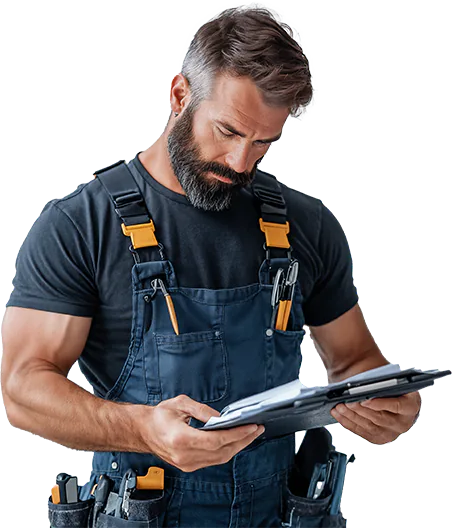The Interrelationship Between Reliability and Safety: Why One Cannot Exist Without the Other
In this article:
Reliability and safety are two sides of the same coin, and their interrelationship is crucial for successful business operations. The reliability of equipment or systems is critical for maintaining a safe work environment, while safety is essential for ensuring equipment reliability. The integration of safety and reliability not only ensures equipment performance but also helps businesses maintain customer satisfaction and improve profitability. This article will further explore the correlation between reliability and safety and explain why one cannot exist without the other.
Reliability and safety are essential for maintaining a safe work environment. Reliable equipment that performs its intended function without failure is critical for ensuring operators are safe while working. On the other hand, safety ensures that equipment or systems do not cause harm or danger to operators, the environment, or the public. For example, in the construction industry, a crane must be reliable to lift heavy loads and be safe to operate to ensure that it does not cause harm to workers or the public. Therefore, the interrelationship between reliability and safety is essential for maintaining a safe work environment.
In addition to maintaining a safe work environment, integrating safety and reliability is critical for maintaining customer satisfaction. Customers expect products and services that meet their requirements, are reliable and are safe to use. If a product or service is not reliable or safe, customers may lose trust in the business, resulting in a loss of reputation and market share. Therefore, businesses must ensure that their products and services maintain safety and reliability to meet customer expectations.
Moreover, safety and reliability are essential for maintaining business profitability. Unplanned downtime due to equipment failure or accidents can result in lost revenue, lower productivity, and increased costs. Therefore, businesses must ensure their equipment is reliable and safe to minimize unplanned downtime and maximize uptime, leading to increased profitability.
Integrating safety and reliability requires a systematic approach that includes identifying potential hazards, analyzing risks, and implementing appropriate mitigation measures. In addition, businesses must adopt a culture prioritizing safety and reliability in all operations, including design, procurement, installation, and maintenance. This approach requires the involvement of all stakeholders, including equipment manufacturers, operators, maintenance personnel, and management.
In conclusion, reliability and safety are crucial for successful business operations. Businesses must ensure their equipment is reliable and operating safely to maintain a safe work environment, customer satisfaction, and profitability. Integrating safety and reliability requires a systematic approach that involves all stakeholders and a culture that prioritizes safety and reliability in all operations. By adopting this approach, businesses can ensure that their equipment is safe and reliable, essential for long-term success.
References:
- “The Integration of Safety and Reliability in Process Plant Design” by R.K. Sinnott.
- “Reliability and Safety: Two Sides of the Same Coin” by Robert A. Green.
- “Safety and Reliability – A Shared Responsibility” by Mike Jones.
- “Why Safety and Reliability are Inextricably Linked” by Andrew Man.
- “Reliability, Safety, and Risk Management” by Valery Bezzubikov.
Related articles

Need help? Want more information?
No matter the size of your organization, we’ll work with you to create the perfect plan that aligns with your goals and budget. Explore how IRISS solutions can transform your operations by providing unparalleled features and benefits. Contact us today to get started with a personalized quote!